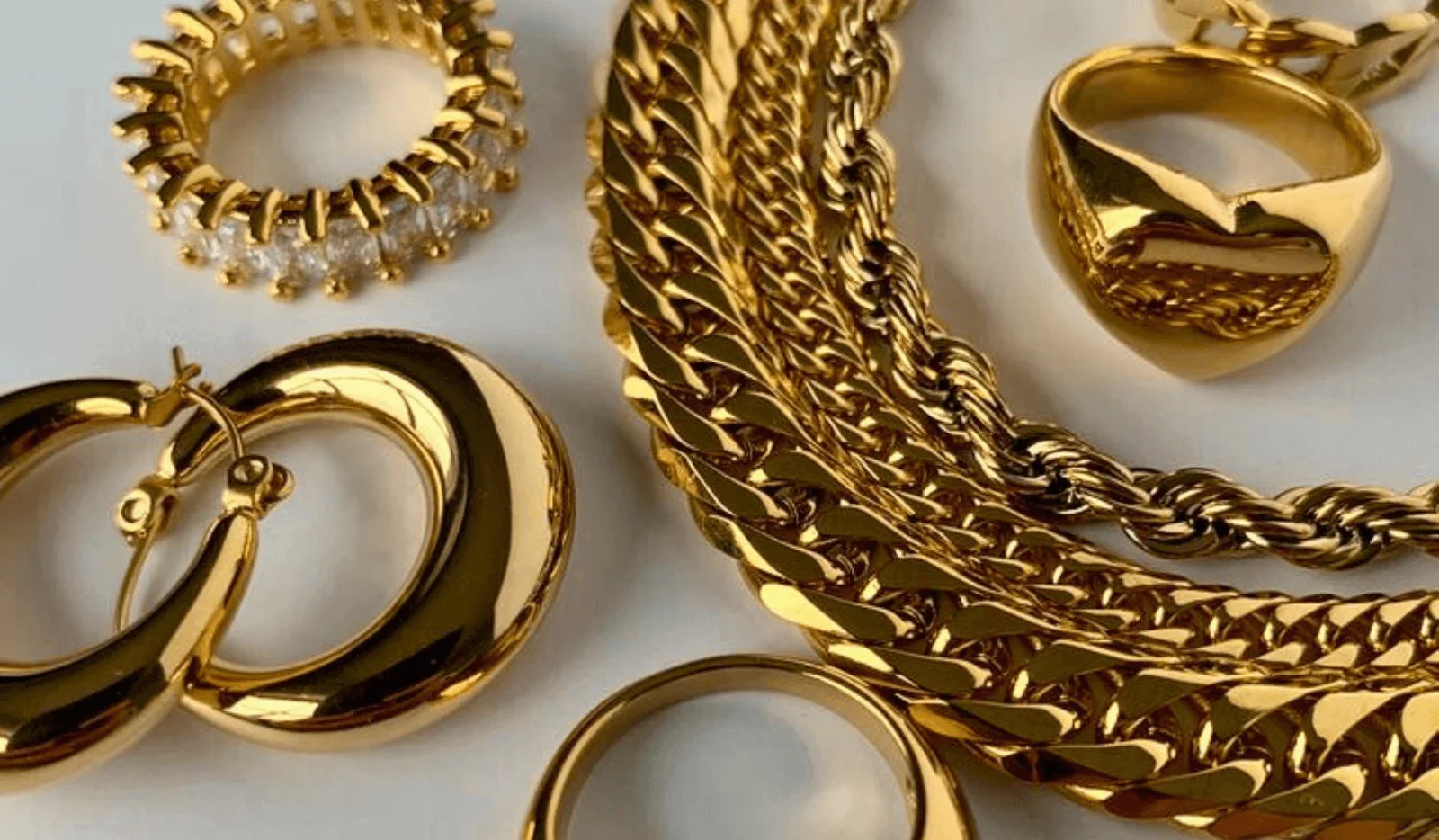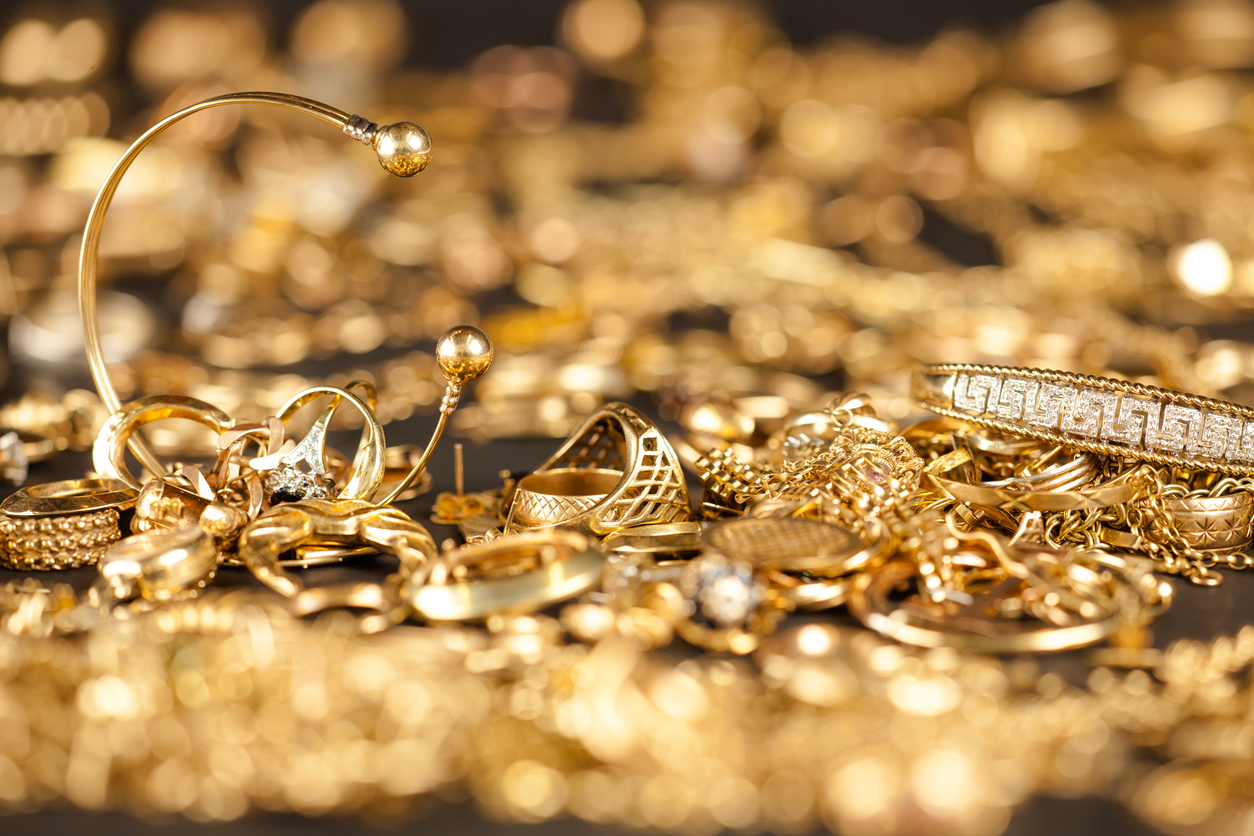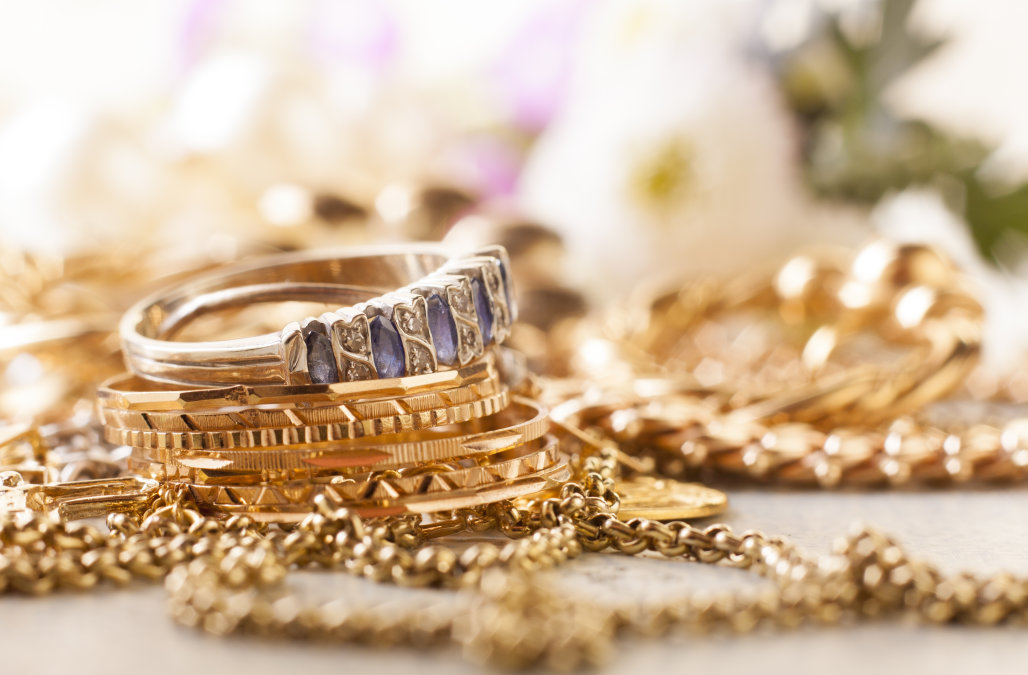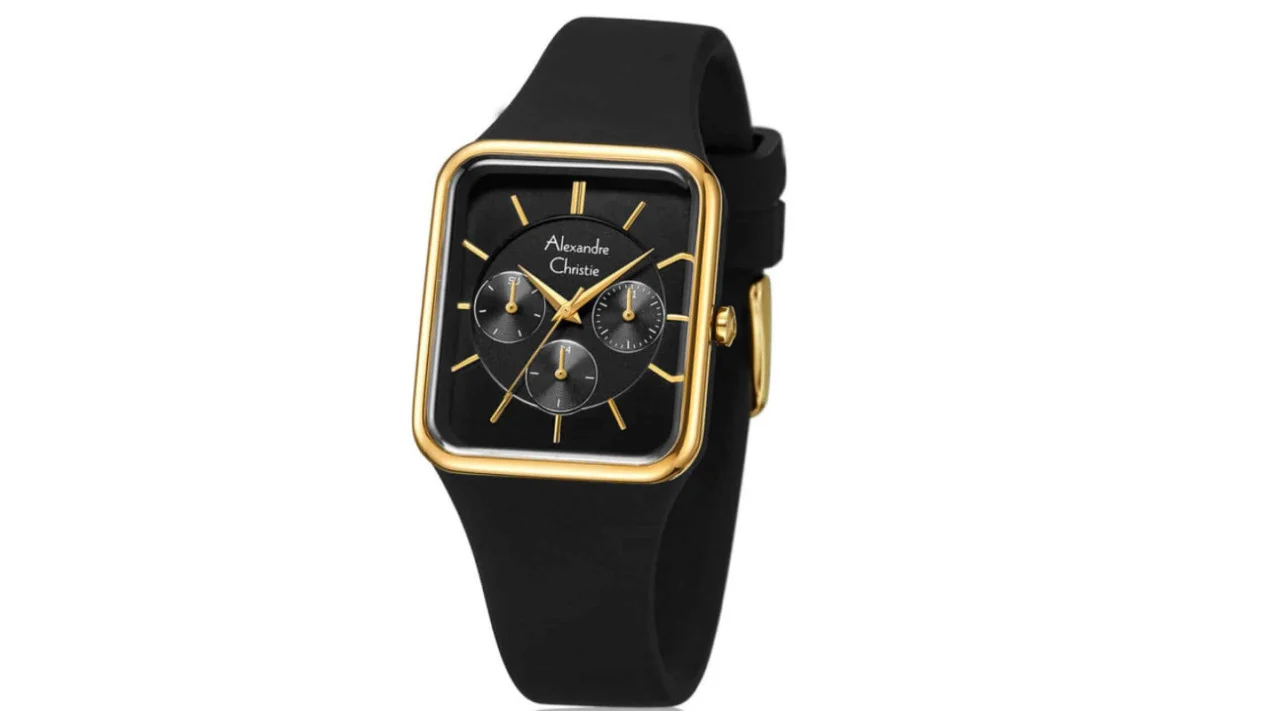Page Contents
ToggleGold jewelry has been an iconic symbol of wealth, luxury, and elegance throughout history. From ancient civilizations to modern society, gold has maintained its prominence as a highly valued material, cherished for its beauty, durability, and symbolic significance. Gold jewelry has adorned the wealthy, served as an important cultural symbol, and even acted as a form of currency in times of need. This article delves into the world of gold , exploring its historical roots, significance, craftsmanship, and modern trends.
The History of Gold Jewelry

Gold jewelry has a rich and extensive history, dating back thousands of years. Some of the earliest evidence of gold jewelry dates to around 4,500 BCE, found in the Varna Necropolis in Bulgaria, where intricately crafted gold artifacts were buried with the elite members of society. Ancient civilizations like the Egyptians, Greeks, and Romans considered gold as a divine material, often associating it with the gods and royalty.
In ancient Egypt, gold jewelry was not only worn for adornment but also carried deep spiritual meaning. Pharaohs were buried with elaborate gold ornaments, believing that the precious metal would protect them in the afterlife. Gold was considered the flesh of the gods, and wearing gold was seen as a way to be closer to divinity.
The Greeks and Romans continued this tradition, with gold symbolizing power and prestige. Greek mythology is filled with stories of gods and goddesses adorned in gold, while Roman emperors used gold jewelry to demonstrate their wealth and authority. Throughout these ancient societies, gold jewelry was often passed down through generations, preserving family lineage and heritage.
The Craftsmanship Behind Gold Jewelry
Creating gold jewelry is an intricate process that requires a high level of craftsmanship. The art of goldsmithing has been passed down through generations, with techniques evolving over time but maintaining traditional elements. Gold can be worked into delicate designs, making it a favorite material for artisans who want to create intricate and detailed pieces.
There are several methods used in the creation of gold jewelry, including casting, forging, engraving, and filigree work. Each technique requires precision and skill to bring out the natural beauty of the gold while also ensuring the durability of the piece.
One of the key processes in making jewelry is alloying, where pure gold is mixed with other metals like copper, silver, or nickel to enhance its strength. Pure gold, or 24 karat gold, is often too soft for most jewelry pieces, which is why it is alloyed to create 18 karat, 14 karat, or 10 karat gold. These variations in gold purity also impact the color of the jewelry, with higher karat gold having a more intense yellow hue, while lower karat gold can appear paler.
Filigree, a particularly intricate technique, involves twisting fine gold wires into delicate patterns, creating lace-like designs. This method has been used for centuries to craft stunning pieces of jewelry that showcase the artisan’s skill and creativity.
Cultural Significance of Gold Jewelry
Across different cultures, gold jewelry has held deep symbolic meaning. In India, for example, gold is considered sacred and auspicious, playing a significant role in weddings, religious ceremonies, and festivals. Indian oppatoto brides are often adorned with jewelry, which is believed to bring prosperity and happiness to the marriage. The exchange of gold jewelry is a sign of trust and unity, making it an integral part of Indian family traditions.
In China, gold is associated with wealth, luck, and good fortune. It is commonly gifted during the Chinese New Year, weddings, and birthdays as a way to wish the recipient success and prosperity. Gold jewelry, particularly in the form of dragon and phoenix motifs, symbolizes strength, power, and eternal love in Chinese culture.
In Western societies, gold jewelry has long been a marker of status and elegance. From the Renaissance period, where gold was used in elaborate brooches and rings worn by the aristocracy, to modern-day red carpet events, where celebrities don stunning gold creations, the metal continues to symbolize luxury and opulence.
Gold Jewelry as an Investment

Beyond its aesthetic and cultural value, gold jewelry is also seen as a financial investment. Gold has been used as a form of currency for centuries and continues to be a stable asset in today’s global economy. Jewelry, especially pieces with high purity, can retain its value over time and even appreciate in periods of economic instability.
Investing in gold jewelry offers several advantages. Unlike other forms of investment, such as stocks or bonds, gold is a tangible asset that can be easily passed down through generations. Additionally, gold jewelry often holds sentimental value, making it a unique investment that combines personal significance with financial security.
Many individuals choose to invest in high-quality gold jewelry from renowned designers or brands, as these pieces tend to appreciate in value. Vintage and antique gold jewelry, especially those with historical or cultural significance, are highly sought after in the collector’s market, often fetching high prices at auctions.
Modern Trends in Gold Jewelry
While gold jewelry has been cherished for centuries, modern trends have introduced fresh takes on this timeless material. Contemporary jewelry designers are exploring new ways to incorporate gold into their creations, resulting in innovative and unique designs that appeal to today’s fashion-conscious consumers.
One popular trend in recent years is the rise of minimalistic jewelry. Sleek, simple designs that can be worn every day have become increasingly popular, as they offer versatility and understated elegance. Thin gold chains, delicate rings, and minimalist gold bracelets are favored for their ability to complement any outfit without overpowering it.
Another trend is the mixing of gold with other materials, such as gemstones, enamel, and even unconventional materials like wood or resin. This fusion of materials allows designers to create bold and eye-catching pieces that stand out in a crowd. Gold jewelry adorned with colorful gemstones, like sapphires, emeralds, or rubies, adds a pop of color and creates a striking contrast that highlights the brilliance of the gold.
Customization is also a growing trend in the world of gold jewelry. Personalized pieces, such as name necklaces, engraved bracelets, or birthstone rings, allow individuals to create one-of-a-kind jewelry that holds personal meaning. Custom-made jewelry has become a popular choice for gifts, particularly for special occasions like weddings, anniversaries, and birthdays.
Sustainability and ethical sourcing have also become important considerations in the modern gold jewelry industry. Consumers are increasingly concerned about the environmental and social impact of gold mining, leading many brands to adopt more responsible practices. Recycled gold, fair-trade gold, and conflict-free gold are becoming standard terms in the jewelry industry, reflecting a growing demand for sustainable and ethically produced pieces.
Caring for Gold Jewelry

Gold jewelry is durable and can last a lifetime if properly cared for. However, to maintain its shine and prevent damage, it is essential to follow some basic care guidelines. Gold is a soft metal, so it is prone to scratching if not handled with care. It is advisable to store gold jewelry separately in a soft pouch or lined jewelry box to avoid scratches.
Regular cleaning is also necessary to keep gold jewelry looking its best. Warm water, mild soap, and a soft brush can be used to clean jewelry at home, but professional cleaning is recommended for intricate pieces or those set with gemstones. Additionally, it is best to avoid exposing jewelry to harsh chemicals, such as chlorine or bleach, as these can damage the metal.
Conclusion
Gold jewelry remains a timeless and cherished form of adornment, valued for its beauty, cultural significance, and investment potential. From its ancient roots in Egyptian tombs to its modern-day presence on fashion runways and in personal collections, gold continues to captivate and inspire. Whether passed down through generations or purchased as a personal indulgence, jewelry will always symbolize luxury, elegance, and enduring beauty.




